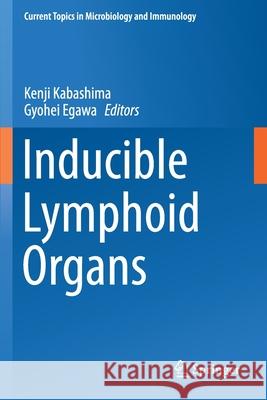Inducible Lymphoid Organs » książka
topmenu
Inducible Lymphoid Organs
ISBN-13: 9783030517496 / Angielski / Miękka / 2021 / 160 str.
Inducible Lymphoid Organs
ISBN-13: 9783030517496 / Angielski / Miękka / 2021 / 160 str.
cena 645,58
(netto: 614,84 VAT: 5%)
Najniższa cena z 30 dni: 616,85
(netto: 614,84 VAT: 5%)
Najniższa cena z 30 dni: 616,85
Termin realizacji zamówienia:
ok. 22 dni roboczych
Bez gwarancji dostawy przed świętami
ok. 22 dni roboczych
Bez gwarancji dostawy przed świętami
Darmowa dostawa!
Kategorie BISAC:
Wydawca:
Springer
Seria wydawnicza:
Język:
Angielski
ISBN-13:
9783030517496
Rok wydania:
2021
Wydanie:
2020
Numer serii:
000195728
Ilość stron:
160
Waga:
0.24 kg
Wymiary:
23.39 x 15.6 x 0.91
Oprawa:
Miękka
Wolumenów:
01
Dodatkowe informacje:
Wydanie ilustrowane











